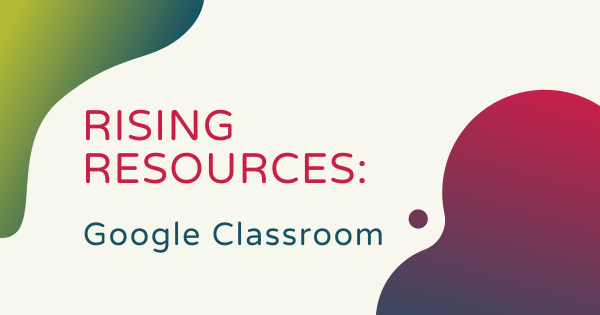There are lots of applications and web systems educators can use to make their time in the classroom and planning periods more efficient. Google Classroom might be tops among them all. If you’re an educator in the 21st century, there’s a good chance you’ve heard of Google Classroom and likely have even used it yourself.
Distance Learning
The advent of distance learning during the COVID-19 pandemic brought about profound impacts on children, educators, and STEM education. For kids, the shift to online learning presented both challenges and opportunities. While some thrived in the self-paced environment, others faced difficulties with connectivity, lack of resources, and fewer face-to-face interactions. That digital divide became extra pronounced, with disparities in access to technology hindering experiences for underserved children as well. Teachers found themselves rapidly adapting to virtual classrooms, navigating new technologies, or redesigning lessons. That absence of in-person engagement also posed challenges with maintaining student focus and addressing individual learning needs. However, it did help to spur creativity, pushing teachers to explore innovative teaching methods and leverage technology to enhance instruction.
-
Eduporium Weekly | How To Be No. 1 In 1:1
Every student has different skill sets, different strong points, and, as we all know, also varied weaknesses. Some learn more quickly and might prefer visual lessons, while others require hands-on experience and maybe more than one attempt to master a concept. Luckily, in the 21st century, there is plenty of technology to help close this gap and level the playing
Page
- Page Previous
- Page 1
- Page 2
- You're currently reading page 3





